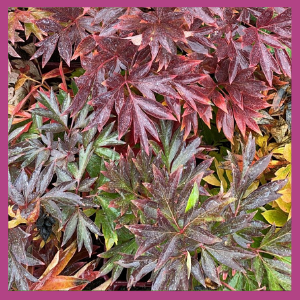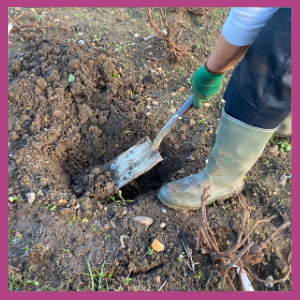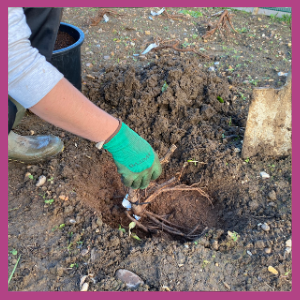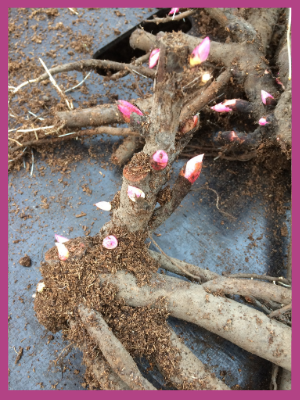With all the fake news we find online these days it’s no wonder that peonies also have some “interesting” ideas floating around about them.
In this two-part series we’ll be debunking some of these myths.
Peonies Are Difficult to Grow
Peonies are actually quite easy to grow if a few simple rules are followed:
- buy a well-established, mature plant
- plant in a sunny/part-shaded and sheltered position
- make sure whatever type of soil it is that it is free-draining
- plant herbaceous and intersectionals with the crown no more 2.5cm below the surface
- water consistently while buds are forming in spring
- don’t over-water as peonies don’t like to have soggy ‘feet’ or roots
- mulch, but not too much
- feed once a year in the spring/autumn/summer
- cut back herbaceous and intersectional peonies in autumn
- prune tree peonies
Peonies Don't Like Cold Weather
Will your peony endure a snowy winter? Even though they may look delicate, they are hardy down to -25C and have been growing for many generations in parts of China, Japan, North America, Europe and Alaska where it is very cold.
Peonies need the colder weather to hibernate and get to work on new buds for Spring time. In fact, many growers have said that the colder the winter the better the blooms will be the following season.
The only time your peony may take a bit of strain is if there is a late frost, as it can damage the leaves. However, your peony won’t be beyond repair and will likely be back to its old self by the next season.
Peonies Only Grow in Certain Types of Soil
Peonies will be happy in any type of soil. The only necessity, no matter what soil you have, is that it is free draining.
Even if it is clay! Yes, clay!
That said, it can be a bit tricky to ensure clay soil drains well. If it is very hard-packed clay you’ll want to mix in some sand or stones before planting.
Specialist peony fertiliser will be a welcome addition to the soil when planting a peony in your garden for the first time. This will enrich the root growth in the first season.
Peonies Hate Moving
Who likes change? Ok, ok, some of us do. But most human, animal and plant beings are creatures of habit (or habitat) and will protest at being uprooted from their homes.
However, contrary to popular opinion peonies really don’t mind being moved. They just need to be handled correctly.
Here are some tips:
- autumn after cutting back/pruning is the best time to move
- ensure eyes (pink buds) on the roots are not damaged in the process
- don’t over-mulch/cover them with too much soil
- herbaceous and intersectional – crown (top of the plant) no more than about 2.5-5cm below surface
- grafted tree peonies – graft union no more than about 10-15cm below surface
Peonies Don't Last Long
Absolutely untrue! In fact, you may need to leave them in your will as some have been known to live on happily for more than 90 years!
Because peonies take a while to mature, flowering from around 3-5 years old, some may have dug up their peonies prematurely thinking they’re dead.
This is why it’s best to buy your peony at flowering maturity from a reputable nursery so you can enjoy flowers every year from year one.
And that’s all for now! We hope this has helped you come around to the idea of adopting a peony.
Look out for part 2 of this series for more peony myth debunking...











